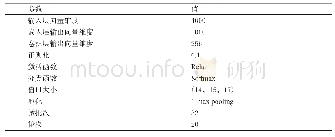《Text B Addressing Merit》
 提示:宽带有限、当前游客访问压缩模式
提示:宽带有限、当前游客访问压缩模式
本系列图表出处文件名:随高清版一同展现
《恭敬的實踐及其政治:中國西南邊境地區佤族人的南傳佛教信仰與階序動態(英文)》
Note:Wa appears in italics;Shan is underlined;Chinese is in bold.The data of Text A and B was collected from my participation in this ritual event.
An excerpt follows from a deferential greeting performed by the Wa orator Dax Meng at the wedding of Nyi Rai and U Ga in Banhong in 2005.Four highranking officials from the county government and two civil servants from Banhong Township were invited to attend.Two local Wa political leaders from the Village Committee of their community accompanied these official visitors.Here I will focus on the ways deference and social hierarchy are marked through the use of stereotypically honorific indexicals,including social titles and honorific emblems.In the performance of deferential greeting,merit flows from the high-ranking political authorities(Text B lines 21-30)to the deceased elderly and the parents(Text B lines38-39)through the linguistic markers of hierarchy.I have divided this deferential greeting into two sections,Texts A and B.Transcribed below are the two portions of the speech,which consisted of 198 lines of verse.By leaving out repeated verses,the remaining lines number forty-nine.The selected verses here exemplify how Wa orators“domesticate”high-ranking outsiders and their authority to the local value of merit and the Buddhist hierarchy with regard to honor and respect.The general structure of this deferential speech includes a beginning section that acknowledges the ritual participants and distinguished leaders,and a subsequent section that expresses gratitude to them.
| 图表编号 | XD00211556900 严禁用于非法目的 |
|---|---|
| 绘制时间 | 2015.12.01 |
| 作者 | 劉子愷 |
| 绘制单位 | 國立臺灣大學人類學系 |
| 更多格式 | 高清、无水印(增值服务) |





